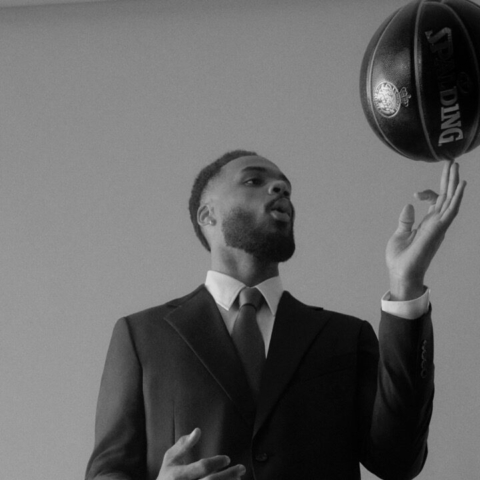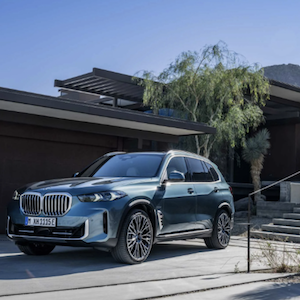Light and Shades
By Catheryne Kelly
From Anna Wintour’s heavy black shades, to Elton John’s flamboyant frames, the Men in Black to Holly Golightly, sunglasses are not only a universal fashion staple but an integral icon in popular culture. In Light and Shades we ask where our obsession with sunglasses started and how they have maintained their connection to ‘cool’ throughout the changing times and trends.
Glasses top to bottom Gucci, Gucci and YSL
Surprisingly, sunglasses have existed throughout the ages; just not as we know them today. Long before they were considered à la mode, sunglasses were used in 12th century China by judges who wished to conceal their eyes while interrogating witnesses in court. Obscuring their ‘windows to the soul’ with flat panes of smoky quartz rendered them expressionless and helped them to secure a veil of impartiality. These glasses weren’t meant to be worn outside in the courtroom but they were hugely symbolic. Intentionally or not, these judges emulated the look of Lady Justice; the allegorical symbol of impartiality, famously embodied as a blindfolded woman.

Even further back in history, it is said that the infamous Emperor Nero liked to watch gladiator fights through lenses of cut emeralds. They would’ve worked more like mirrors under the oppressive Roman sun but nevertheless stood as a clear statement of wealth and prestige.
The tenets of immovability, emotionlessness, status and frivolity all tie into the allure of sunglasses as a 21st century fashion constant.

Victorian ‘dandies’ seem to have made the concept of sunglasses a modern reality. While they didn’t take to sporting shades per se, they launched the quizzing glass, or monocle, into the stratosphere of cutting-edge Victorian fashion. Dandies firmly set the trends of the day, and used monocles to manipulate the intensity of their gaze. The idea was for them to project a certain attitude; to look as ‘insolent’ and detached as possible. Aside from this, monocles also served as a symbols of status and identity, allowing young, rich, fashionable men to stand out and to flaunt their penchant for frivolity.
Around the same time, women would predominantly use lorgnettes and fans in order to transform their gaze into a social tool. Such paraphernalia could be used voyeuristically, and to create of sort of seductive ambiguity. Ornate masks at Venetian balls were popular in high society for the same reason.

At this point in history, eye contact starts to play a large part in presaging the modern model of ‘cool’.
In the aftermath of the hedonistic Victorian era, sunglasses existed only for industrial purposes as protective ‘goggles’. It wasn’t until the early 20th century when American manufacturers started to plug their designs to the general male user to wear while driving. By 1925 ‘driving goggles’ appeared in Vogue, and by 1930 they emerged as a unisex accessory.

English Aviatrix Amy Johnson in her Black Hawk Moth leaving Australia for Newcastle, 14 June 1930
But how have sunglasses kept their ‘cool’ over a span of nearly 100 years? As we know, ‘cool’ is a slippery thing; it’s an ever-subjective product of the changing times.
Predominantly, it all harks back to the idea of a distorted graze, as favoured by fashion-focused Victorians. Wearing sunglasses readily constructs an unflappable persona. With your eyes obscured, so they can’t give you away, any care or worry on your face dissipates and is instead replaced with a disinterested and deadpan guise.
This explains why any cinematic construction of a ‘bad boy’ character is incomplete without an iconic pair of sunglasses. Take Al Pacino as Tony Montana in Scarface or Brad Pitt as Tyler Durden in Fight Club to name but a few. In music, see the likes of Roy Orbison or Ozzy Osbourne build their image around a pair of signature sunnies.

The impression of expressionlessness that sunglasses sometimes give is almost dehumanising. No wonder sunglasses get a bad name for making the wearer look intimidating.
Nevertheless, the attitude and presence, the air of superiority, that comes with fame is constructed around this very idea. Getting stuck in torrential downpours of paparazzi camera flashes or lost in a sea of fans could prove unnavigable without a trusty pair of shades. Wearing sunglasses, you look like you’re above the chaos.

Yet, it goes further than just concealing emotion from the outside, behind a pair of sunglasses you get the feeling of anonymity and shelter; the lenses make a screen between you and the rest of the world. They assert confidence from the perspective of both the spectator and the wearer.
Aside from intimidation, with concealment comes intrigue. Just as if you were wearing an opulent mask at a ball or delicately wafting a dainty fan, sunglasses create a magnetic allure. What’s more, this idea has been exacerbated through countless representations in film; doubtless we’ve all seen an archetypal slow-motion reveal of sparkling eyes and fluttering lashes behind a pair chic sunglasses; from Breakfast at Tiffany’s to Stanley Kubrick’s Lolita.

It’s a well-known fact that sunglasses help us look more attractive. They create the allusion of having a symmetrical face and stylishly hide dark eye circles, wrinkles, or any trace of the heavy night before. Yet, it goes further than that. Sunglasses construct an irreplaceable mystique upheld by Hollywood glamour, high cinematic drama, desirability, fame and fantasy. Our fixation with sunglasses hasn’t faded simply because our fascination with everything they represent hasn’t either.

Undoubtedly, sunglasses are all about creating a persona. Do you want to blend in or stand out? Do you want to look attractive or intimidating? Whatever ‘you’ you want to project, it’s instantly achievable with a pair of shades.
If you enjoyed reading Light and Shades why not read Sun Safe as a complement to all those sun-drenched days you’ll spend sporting sunglasses this summer season.





